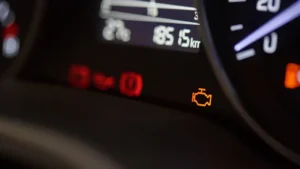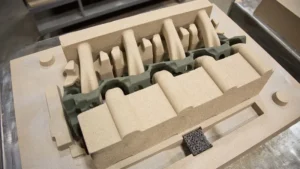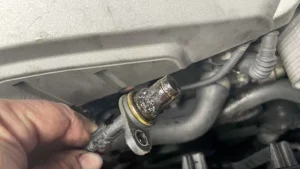The camshaft position sensor (CMP sensor) is a small but critical component of your engine. It monitors the position and speed of the camshaft and sends this data to the Engine Control Module (ECM), which controls fuel injection, ignition timing, and overall engine performance. When this sensor fails, your car may show a variety of symptoms ranging from minor performance issues to serious safety concerns. Understanding these signs can help you diagnose problems early and prevent costly repairs.
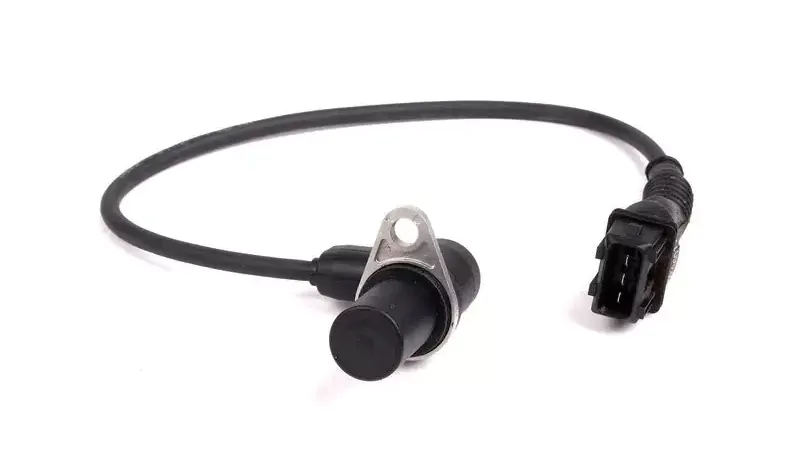
Bad Camshaft Sensor Symptoms
1. Hard Start or No Start
One of the first signs of a failing camshaft position sensor is difficulty starting the engine. When the sensor sends incorrect or no information to the ECU, the timing of fuel injection and spark ignition becomes inaccurate. This can lead to extended cranking or a complete no-start condition. Drivers often notice the engine cranks normally but fails to ignite, making it a strong indicator that the CMP sensor may be faulty.
2. Poor Fuel Economy
A malfunctioning CMP sensor can reduce your engine’s efficiency. Incorrect sensor data can cause the ECU to inject too much fuel or fire spark plugs at the wrong moment, resulting in incomplete combustion. Over time, this inefficiency forces your engine to use more fuel to maintain performance, and you may notice a sudden drop in miles per gallon even under normal driving conditions.
3. Check Engine Light
The ECU continuously monitors sensor signals and will trigger the check engine light if it detects irregularities. A faulty camshaft position sensor often causes diagnostic trouble codes like P0340 or P0341. While the check engine light can be triggered by other issues, scanning for these specific codes can help confirm whether the CMP sensor is the cause.
4. Engine Jerking or Power Loss
Incorrect camshaft data disrupts fuel injection and ignition timing, which can lead to uneven power delivery. As a result, the car may jerk, hesitate, or lose power while driving. This is particularly noticeable during acceleration or when climbing hills, where the engine feels sluggish and unresponsive.
5. Poor Acceleration
A failing CMP sensor can affect the engine’s ability to accelerate smoothly. Improper timing between the spark plugs and fuel injectors can cause the engine to struggle when responding to the accelerator. Drivers often describe the sensation as the engine “lagging” or “missing a beat,” making overtaking or merging onto highways more difficult.
6. Rough Idling
When the camshaft position sensor malfunctions, the ECU receives inconsistent data, causing uneven combustion. This can lead to rough idling, where the engine shakes or vibrates while the car is stationary. In severe cases, the engine may stall intermittently at stoplights or in slow-moving traffic.
7. Backfiring or Exhaust Smoke
Faulty camshaft timing can result in fuel igniting outside the combustion chamber, causing backfiring or loud popping noises. Excess unburned fuel may also enter the exhaust system, producing white or black smoke. If ignored, these issues can damage the catalytic converter and other exhaust components over time.
8. Unusual Engine Noises
Knocking, ticking, or rattling noises from the engine may indicate a bad CMP sensor. These sounds occur because valve and piston timing are no longer properly synchronized, causing internal components to operate out of step. Early detection of these noises can prevent more severe engine damage.
9. Transmission Shifting Problems
Modern vehicles use camshaft data to coordinate engine output with gear changes. A failing CMP sensor can cause delayed, rough, or incorrect shifting. In some cases, the car may enter “limp mode” to protect the engine, limiting speed and power until the issue is resolved.
10. Vehicle Stalling
A bad camshaft position sensor can cause sudden engine stalls while driving. When the ECU receives incorrect or missing data, fuel injection and spark timing are disrupted, leading the engine to stop unexpectedly. This can be dangerous, especially at intersections or on highways, and requires immediate attention.
11. Failed Emissions Test
Incomplete combustion caused by a failing CMP sensor increases emissions. If the engine runs inefficiently, the vehicle may fail emissions inspections due to elevated levels of hydrocarbons and carbon monoxide. This not only affects legal compliance but also indicates long-term engine stress.
Causes of Camshaft Position Sensor Failure
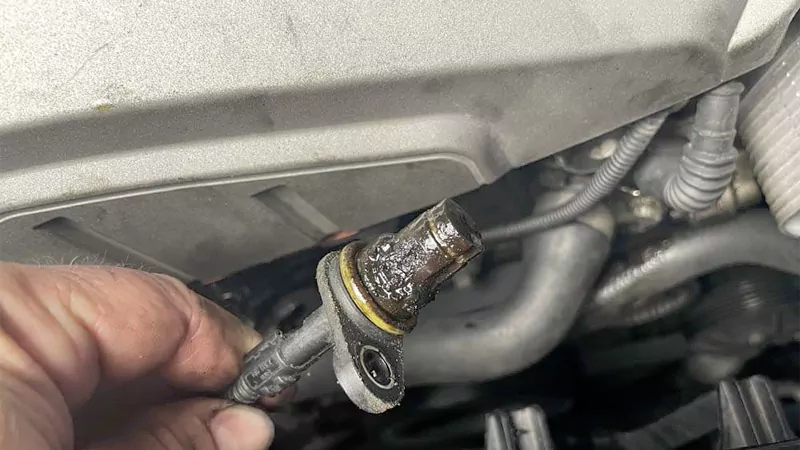
Camshaft position sensors operate in a harsh environment, making them vulnerable to several types of failure. One common cause is contamination by oil, dirt, or metallic debris, which can accumulate around the sensor housing. These contaminants interfere with the sensor’s magnetic or Hall effect elements, altering electrical signals sent to the Engine Control Module (ECM) and causing inaccurate timing readings.
Another frequent issue arises from electrical problems. The sensor’s wiring harness and connectors can corrode over time or become loose due to vibration and heat cycles. Even a small gap or corroded terminal can prevent the sensor from transmitting accurate data, resulting in misfires, rough idling, or a no-start condition.
Mechanical stress is also a significant factor. Continuous engine vibrations or exposure to metallic debris can physically damage the sensor or shift its mounting, disrupting the precise alignment required for accurate readings. Overheating, especially in engines prone to high operating temperatures, can melt or deform internal components of the sensor, rendering it incapable of sending proper signals. In short, CMP sensors fail due to contamination, electrical issues, mechanical stress, or heat damage, and early detection is crucial to prevent engine performance problems.
How to Replace a Camshaft Position Sensor?
Replacing a camshaft position sensor is generally straightforward but requires careful attention to detail. Begin by parking the vehicle on level ground, turning off the engine, and disconnecting the negative battery terminal to prevent accidental shorts or shocks. Identify the sensor location using your vehicle’s service manual, as some engines require removal of components such as air intake ducts, covers, or other obstructions to access the sensor.
Once accessible, unplug the sensor’s wiring connector and carefully remove the mounting bolts. Take note of the sensor orientation and mounting torque specifications to ensure proper installation of the new sensor. Insert the replacement sensor into the mounting position, securing it with the original fasteners. Reconnect the wiring harness and the battery, then use an OBD-II scanner to clear any stored fault codes. Finally, start the engine and observe for smooth operation, checking that the original symptoms, such as rough idling or check engine lights, are resolved.
Once accessible, unplug the sensor’s wiring connector and carefully remove the mounting bolts. Take note of the sensor orientation and mounting torque specifications to ensure proper installation of the new sensor. Insert the replacement sensor into the mounting position, securing it with the original fasteners. Reconnect the wiring harness and the battery, then use an OBD-II scanner to clear any stored fault codes. Finally, start the engine and observe for smooth operation, checking that the original symptoms, such as rough idling or check engine lights, are resolved.
Conclusion
The camshaft position sensor is small but vital to engine performance. Recognizing symptoms such as hard starts, poor acceleration, rough idling, unusual noises, and failed emissions can help you detect problems early. Timely replacement ensures your car runs smoothly, efficiently, and safely.
If your business is seeking high-quality engine components, XINJIN is your trusted manufacturing partner. We specialize in OEM-grade engines, camshaft position sensors, and related parts, offering reliable performance and competitive pricing for bulk orders. Whether you are an automotive manufacturer, repair shop, or distributor, contact XINJIN today to discuss your requirements and ensure your customers receive parts that meet the highest standards of quality and durability.

